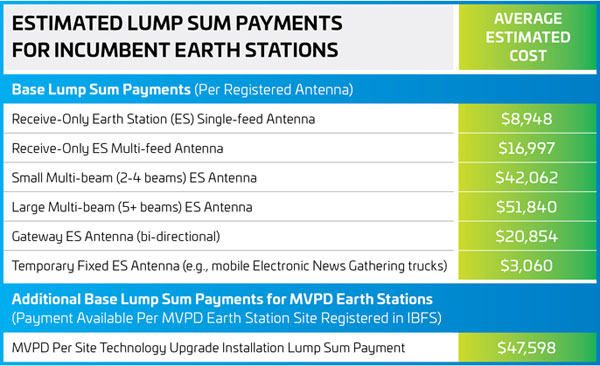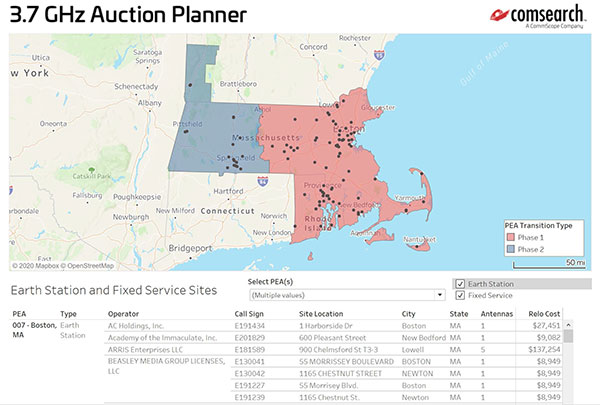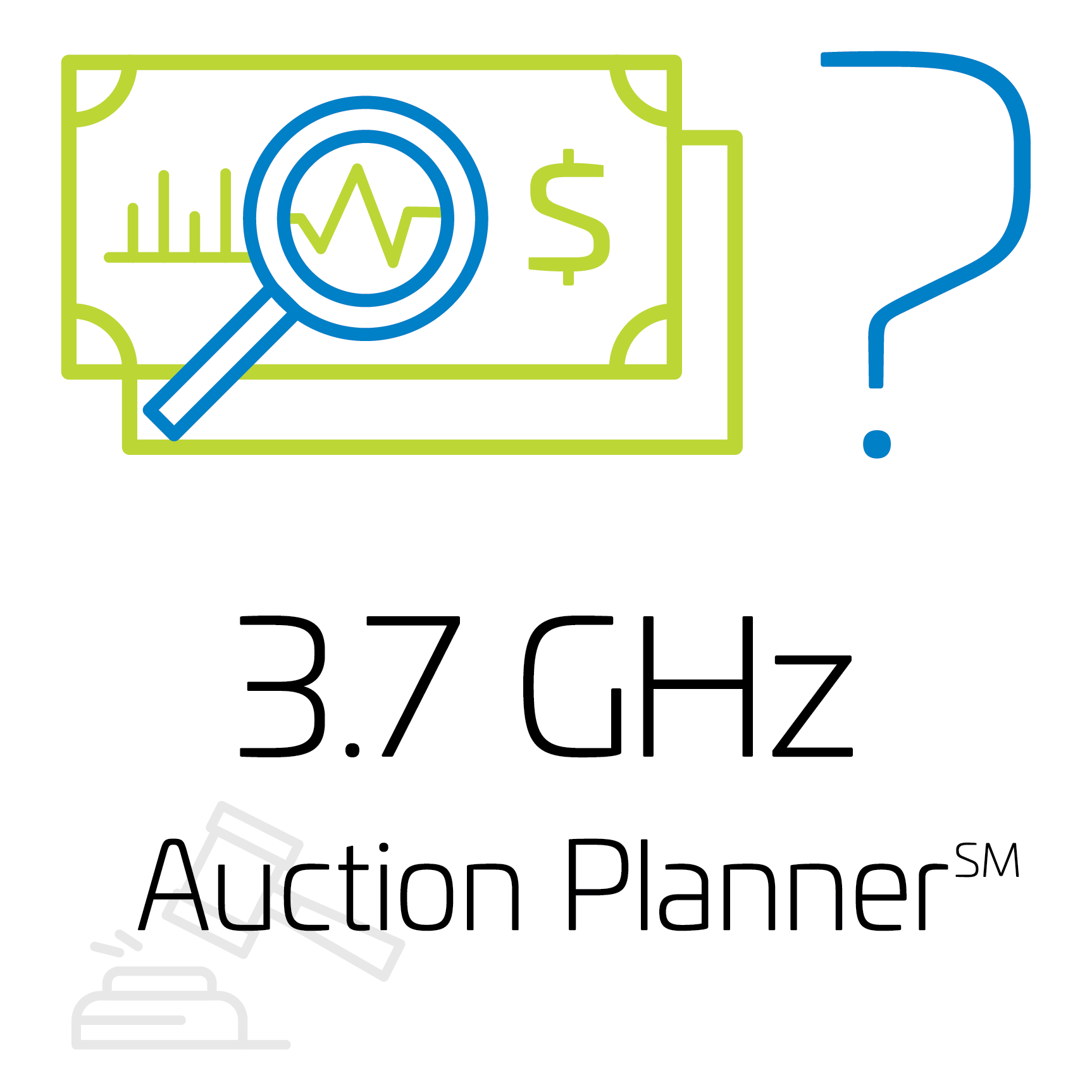With the 3.7 GHz Service (aka C-Band) auction just a short time away, participants are finalizing their bidding strategies and making sure they have done their due diligence on the incumbents in the band. Recall there are over 16,000 earth stations in the band that will be relocated by auction winners.
But are bidders aware of exactly what relocation costs they will incur beyond the license purchase price at auction? And how those additional costs are determined? I was curious and, in order to solve this particular mystery, I decided to put on my detective hat once again to investigate.
CLICK TO TWEET: Comsearch’s Joanna Lynch investigates the mystery of the C-Band auction costs.
What do I find out about the potential costs?
Well, I discover that there are multiple cost buckets that will be shared on a pro-rata basis among the auction winners. There is a Phase 1 accelerated relocation payment for Block A winners in 46 Partial Economic Areas (PEAs) and there is a Phase 2 accelerated relocation payment for all winners.

3.7 GHz Service Band Plan
In addition to the shared accelerated payments to ensure relocations by the December 5, 2021 and December 5, 2023 deadlines, there is a space station relocation cost which is estimated at $2.509 billion in the latest satellite operator (SES and Intelsat) transition plans. And lastly, there is an earth station and fixed microwave link relocation cost that will be allocated on the individual PEA market level. It is important to remember that all of these costs are above and beyond the actual license purchase price and will not be covered by the proceeds of the auction.
And what are these earth station lump sum payments I keep hearing about?
Basically, the earth station operators had a choice of electing an upfront lump sum payment for transition to the upper 200 MHz of the band, or they could wait and be reimbursed for their actual relocation costs through the satellite operator, which will be overseen by the designated Relocation Payment Clearinghouse. Lump-sum payments had to be filed with the Federal Communications Commission (FCC) by September 14, 2020 and there is a total of seven categories used in the calculations.

With all the complexity surrounding C-Band auction costs, this is where my investigation skills get some helpful assistance. I turn to our trusted data analytics tool, Comsearch’s 3.7 GHz Auction Planner, to estimate the relocation costs for each market.
Auction Planner makes it easy for anyone to quickly figure out the full picture to inform bidding. An easy-to-use interface assists bidders in understanding the incumbent scenarios by PEA as well as the estimated cost obligations beyond the license purchase price. A detailed map shows earth stations and fixed service link locations.
Sample Auction Planner Results for Two PEAs
You can even customize the number of auction blocks you plan to purchase, as well as the pro-rata distribution for each PEA, to tailor the results to meet your needs. All of the estimated costs are available at a market level or nationwide level, so you can go into the auction fully prepared.
![]()
Cost Estimates for Five Auction Blocks in Four PEAs
Our 3.7 GHz Auction Planner builds on our previous Auction Planner tools for auctions like the AWS and TV Bands, so it’s “auction-tested.”
About the Author
Joanna Lynch
 Joanna Lynch is the manager of data solutions at Comsearch. Joanna has more than 20 years of spectrum management and wireless engineering experience with a background as a design engineer working with PCS, cellular and satellite systems. She has spent over 15 years working with Federal Communications Commission (FCC) wireless data and mapping resources. As manager of Comsearch’s software products in the mobile broadband and medical telemetry bands, she works closely with CTIA-The Wireless Association and the American Society for Healthcare Engineering (ASHE). Joanna earned her BSEE, with an Honor’s Citation, from the University of Maryland at College Park.
Joanna Lynch is the manager of data solutions at Comsearch. Joanna has more than 20 years of spectrum management and wireless engineering experience with a background as a design engineer working with PCS, cellular and satellite systems. She has spent over 15 years working with Federal Communications Commission (FCC) wireless data and mapping resources. As manager of Comsearch’s software products in the mobile broadband and medical telemetry bands, she works closely with CTIA-The Wireless Association and the American Society for Healthcare Engineering (ASHE). Joanna earned her BSEE, with an Honor’s Citation, from the University of Maryland at College Park.

